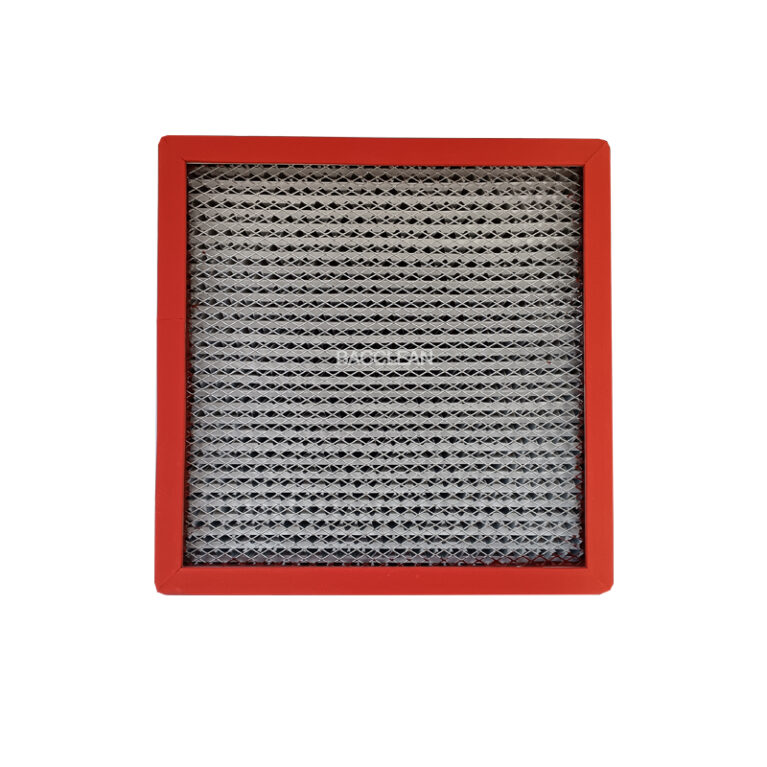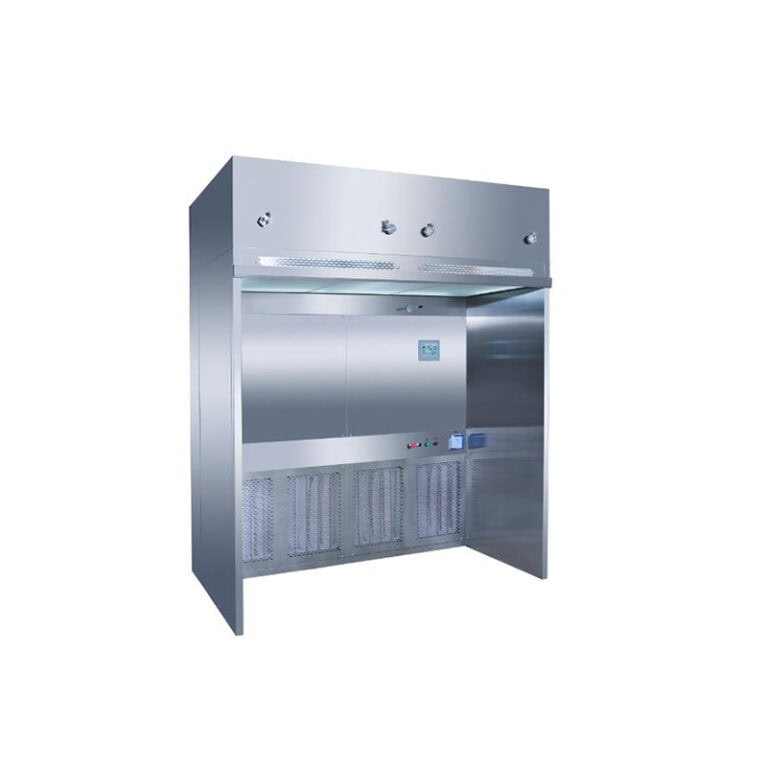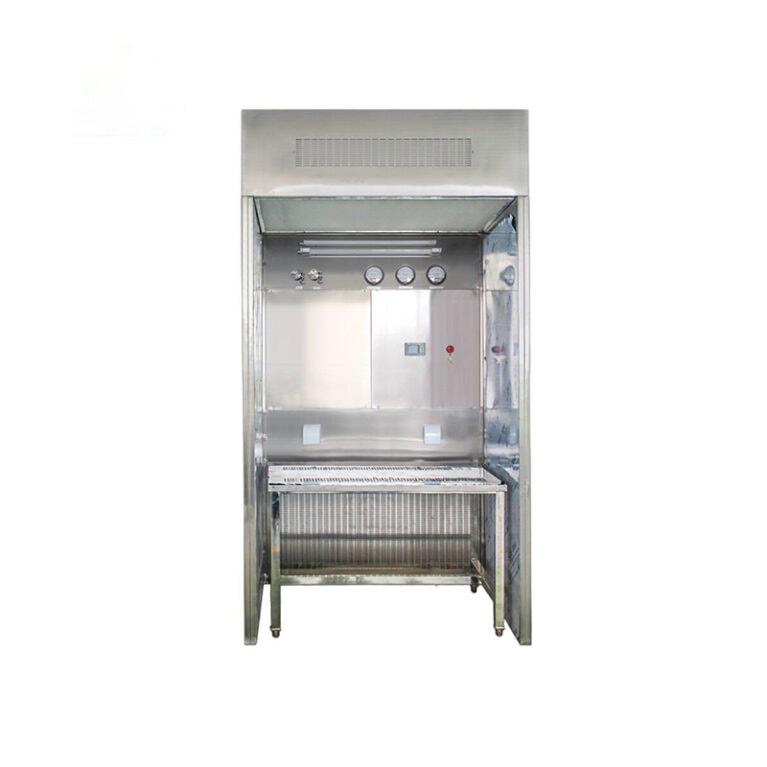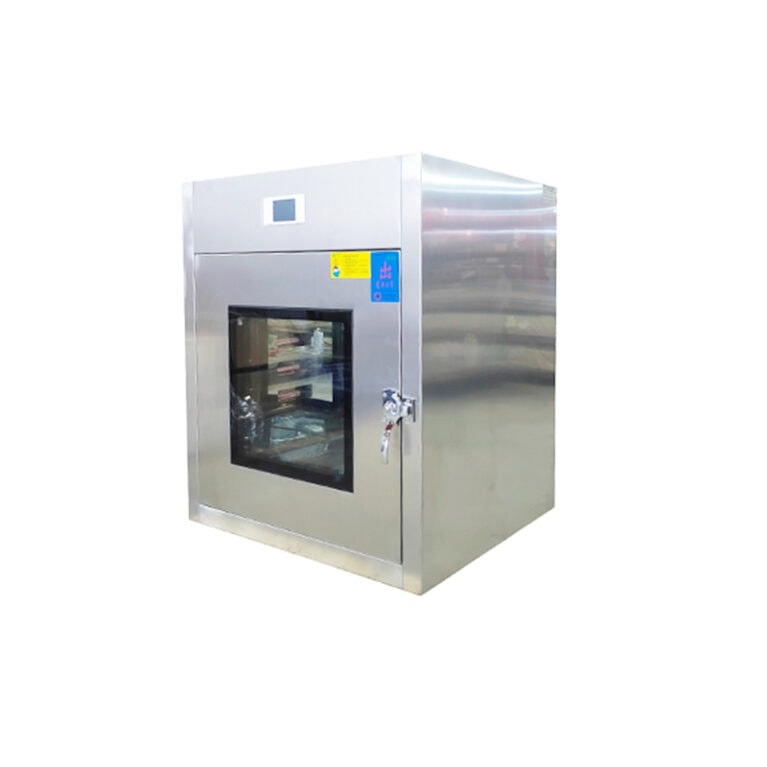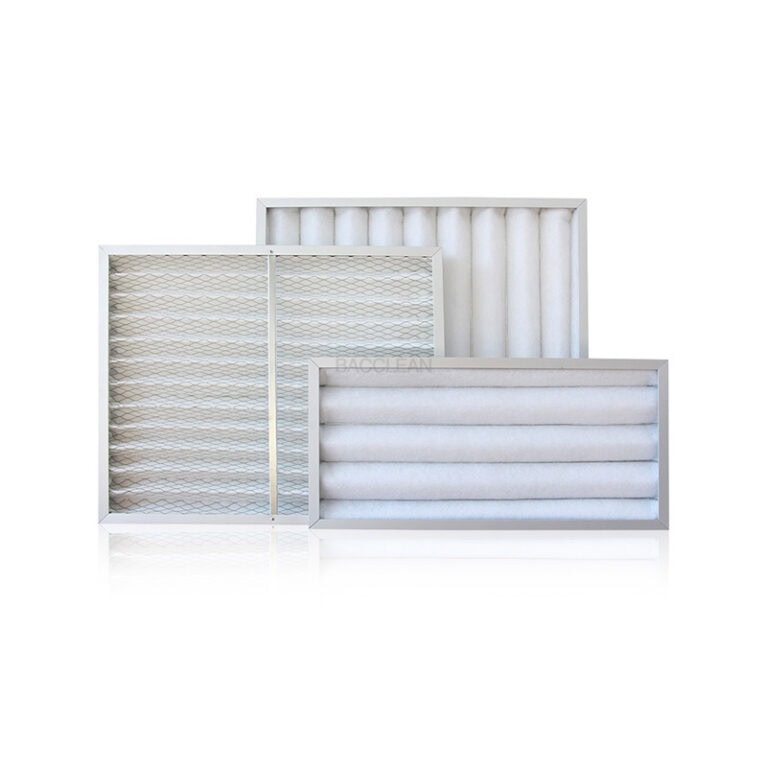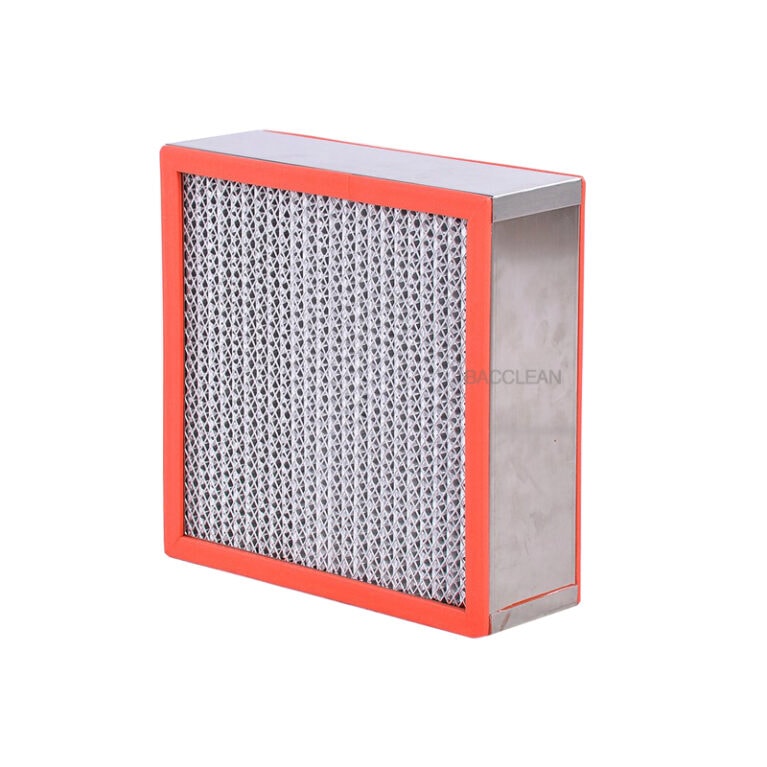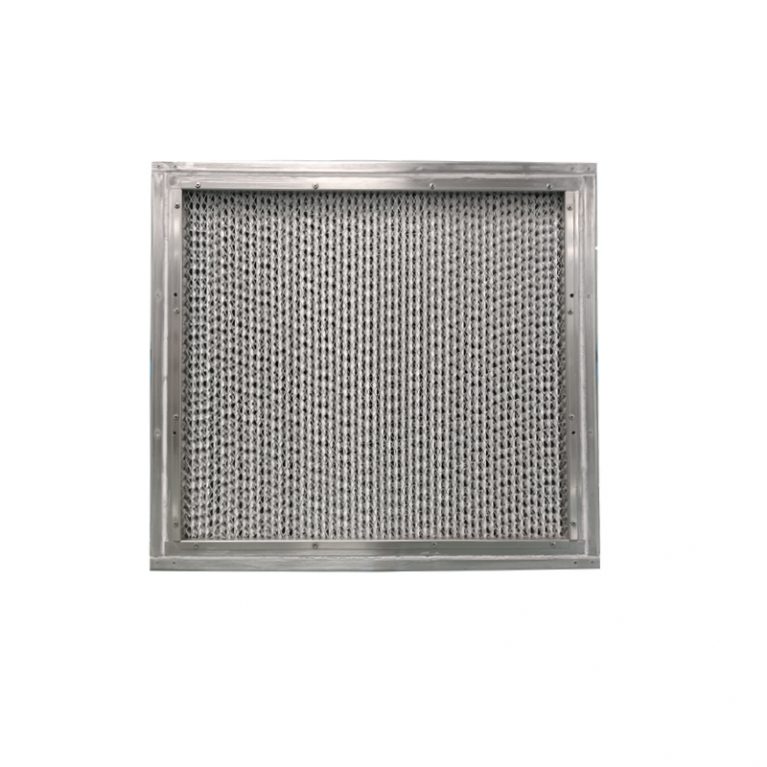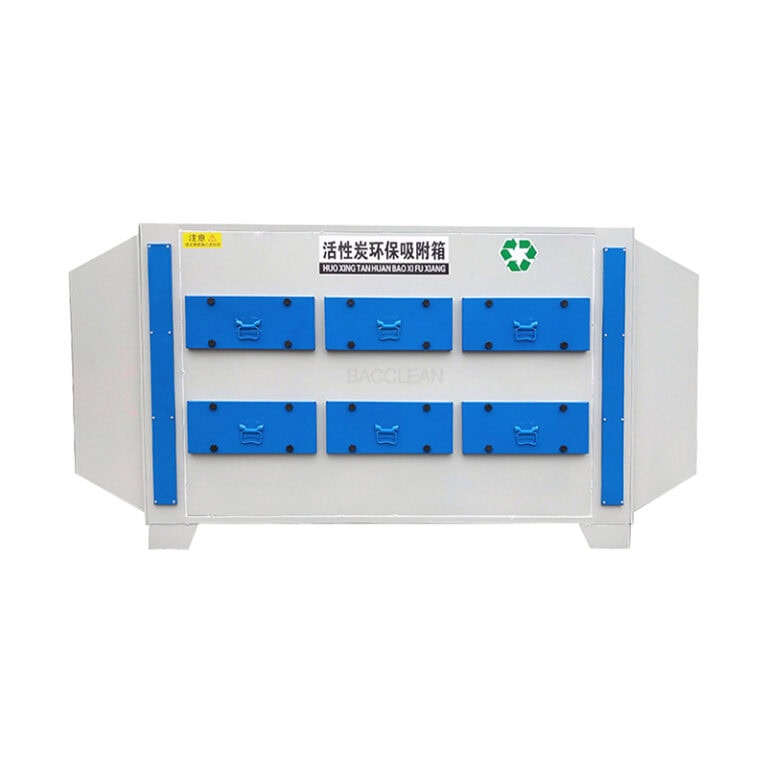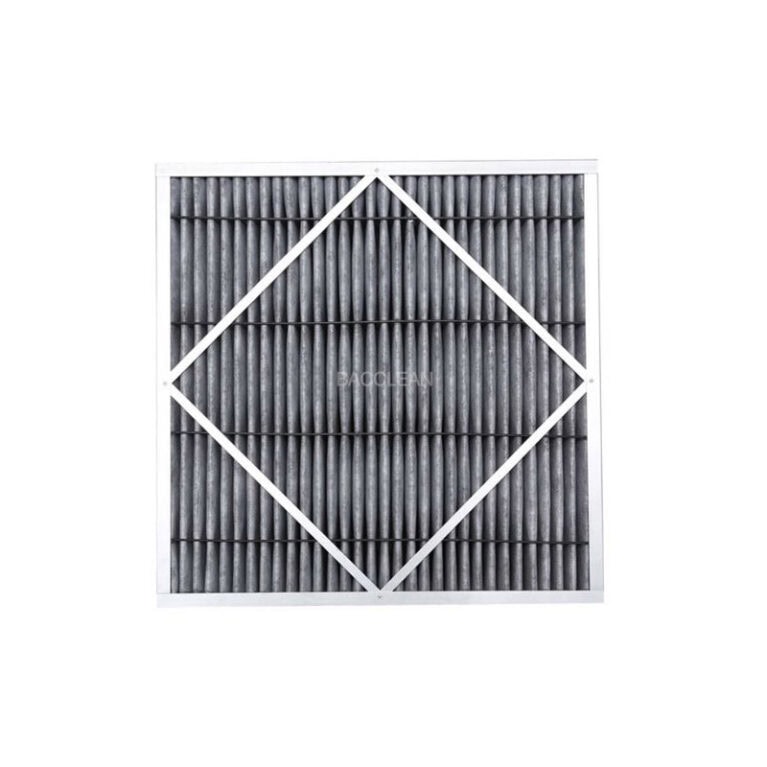When choosing a paper frame folding filter suitable for a specific application scenario, it is necessary to comprehensively consider the core requirements of the scenario (such as filtration accuracy, environmental conditions, system parameters, etc.) from multiple dimensions, including filtration efficiency, filter material characteristics, structural design, and environmental adaptability. The following are the specific selection methods and key points:
First, clarify the core requirements of the application scenarios
The core requirements for filtering vary greatly in different scenarios. The following basic information needs to be clarified first:
Pollutant type: Is it large particle dust (such as over 5μm), fine dust (such as 1-5μm), or air with odor and moisture that needs to be filtered?
Cleanliness requirements: What are the grade requirements for air cleanliness in scenarios (such as general ventilation, industrial production, near-clean environments, etc.)?
System parameters: Air volume, air pressure of the supporting equipment, and installation space dimensions (length × width × thickness)?
Environmental conditions: Temperature and humidity of the scene, and whether there are corrosive gases.
Second, select the efficiency grade based on the filtration accuracy requirements.
The core function of the paper frame folding filter is to intercept pollutants of specific particle sizes. The corresponding efficiency grade should be selected based on the main particle size of the pollutants in the scene (common standards are ASHRAE 52.2 or EN 779).
G-class (coarse): Such as G3, G4, mainly intercepts large particles larger than 5μm (such as dust, hair, fibers), suitable for scenarios with lower cleanliness requirements, such as
Primary filtration of the central air conditioning fresh air unit.
Ventilation systems for ordinary office buildings and shopping malls;
Pre-treatment of return air in industrial workshops (to protect subsequent equipment).
Class F (Medium Efficiency): such as F5, F6, F7, they can intercept fine dust particles of 1-5μm and are suitable for scenarios with certain cleanliness requirements, such as
Ventilation and filtration for spray booths and electronic component workshops (to prevent dust from affecting product quality);
Pre-treatment for cleanrooms (reducing the burden on high-efficiency filters);
Primary filtration in food and pharmaceutical workshops (to prevent impurities from contaminating raw materials).
The higher the efficiency, the greater the density of the filter material, and the initial resistance may also be higher. It is necessary to match the wind pressure capacity of the system (to avoid affecting the air volume).
Iii. Match the scene requirements based on the characteristics of the filter material
Filter material is the core of a filter. Filter materials of different types vary significantly in dust holding capacity, resistance, temperature resistance, and functionality. The selection should be based on the specific scenario.
Polyester synthetic fiber: It offers high cost performance, has a large dust holding capacity, moderate resistance, and good moisture resistance (can withstand humidity below 80% for a short period), and is suitable for most general scenarios (such as air conditioning and ordinary industrial ventilation).
Glass fiber: It has a higher filtration efficiency (up to F7 and above), but it is relatively brittle and has slightly higher resistance. It is suitable for scenarios with high precision requirements (such as pre-treatment in clean rooms and electronic workshops).
Activated carbon filter cotton: With activated carbon particles added, it can adsorb odors and small amounts of organic gases (such as formaldehyde, cooking oil fumes), and is suitable for scenarios with odors (such as pre-treatment of kitchen exhaust outlets, hotel ventilation).
Non-woven fabric: Low cost, soft texture, but with a relatively low dust holding capacity, it is suitable for short-term or low-dust environments (such as temporary ventilation equipment).
Key indicators: Prioritize the selection of filter materials with a large dust-holding capacity (to extend the replacement cycle and reduce maintenance costs), while ensuring that the initial resistance of the filter material matches the system (it is generally recommended that the initial resistance be ≤25Pa to avoid increasing the energy consumption of the fan).
4. Adapt the system to the environment based on structural design
The structure (outer frame, size, protective design) of the paper frame folding filter needs to be compatible with the installation system and environment:
Outer frame material
Ordinary cardboard: Suitable for dry and non-corrosive environments (such as office buildings, electronic computer rooms);
Moisture-proof cardboard (treated with impregnation or lamination): Suitable for medium to high humidity environments (such as ventilation systems during the rainy season in the south and damp areas in food processing workshops), to prevent paper frames from deforming due to moisture.
Size specification: It is necessary to strictly match the installation size of the equipment (length × width × thickness). If the size is too large or too small, it may cause air leakage (reduce filtration efficiency) or make installation impossible. Common standard sizes include 592×592×292mm, 495×495×292mm, etc. Customized sizes are available for non-standard scenarios.
Protective design: If the system air pressure is relatively high (such as when the fan power is large), a filter with an internal support net (such as a diamond-shaped net or wire mesh) should be selected to prevent the filter material from being blown through. If there is airflow disturbance on the air outlet side, a style with a protective mesh on the air outlet surface can be selected.
V. Consider environmental adaptability and durability
Temperature: The temperature resistance of paper frames and filter materials is limited. The applicable temperature range for ordinary paper frame filters is usually -10 ℃ to 60℃. If the ambient temperature is relatively high (such as in a ventilation system close to a heat source), it is necessary to confirm whether the filter material is heat-resistant (for example, the temperature resistance of glass fiber is better than that of polyester fiber).
Corrosiveness: If the scene contains corrosive gases (such as in a chemical workshop), the paper frame may be corroded. At this time, careful selection is required (if necessary, replace it with a metal frame filter, but if paper frames are insisted on, special paper frames with anti-corrosion treatment should be selected).
Humidity: In an environment with long-term high humidity (such as > 85%), even moisture-proof paper frames may fail. It is necessary to assess whether they are suitable (for example, in the ventilation of basements in humid areas, more moisture-resistant materials may be required).
Six. Combine maintenance costs with compliance.
Maintenance cost: Prioritize filters with large dust-holding capacity and easy replacement (such as those with snap-on designs and lightweight types) to reduce replacement frequency and labor costs (for instance, in large central air conditioning systems, frequent replacement will increase downtime).
Industry compliance: Industries such as food, pharmaceuticals, and medical care must select filters that meet industry standards (such as filter materials that comply with FDA food contact standards and have no release substances) to prevent contamination of products or the environment.
Reference for selection in different scenarios
Recommended selection for the core requirements of application scenarios
The central air conditioning system of the office building intercepts large particles with low resistance, G4 grade, polyester fiber filter material, and an ordinary paper frame
The spray booth ventilation intercepts 1-5μm dust, with a large dust holding capacity of F6 grade, made of glass fiber filter material, and equipped with a support net
Food workshop ventilation and moisture-proofing, no secondary pollution, F5 grade, moisture-proof paper frame, food-grade polyester filter material
Hotel room fresh air deodorization, low noise G4 grade, activated carbon composite filter material, low resistance design
Through the above steps, the appropriate paper frame folding filter can be precisely selected based on the specific requirements of the scene, which can not only ensure the filtration effect but also control costs and reduce maintenance difficulty.
